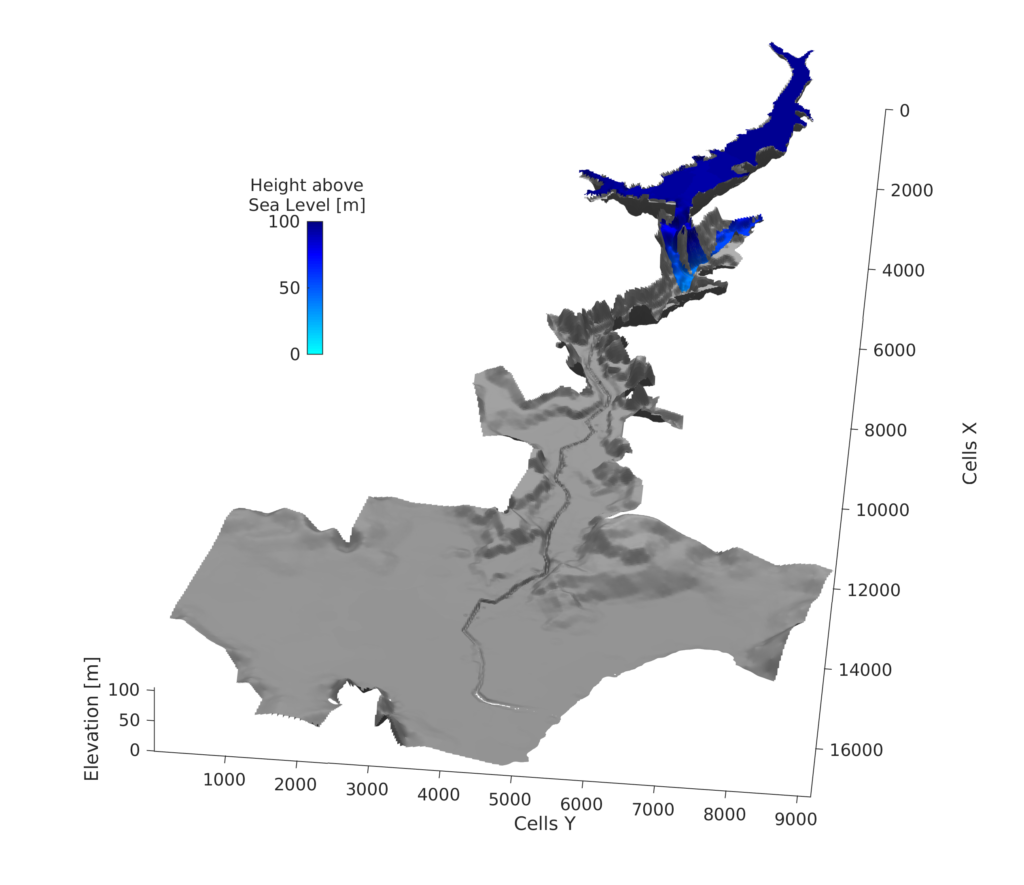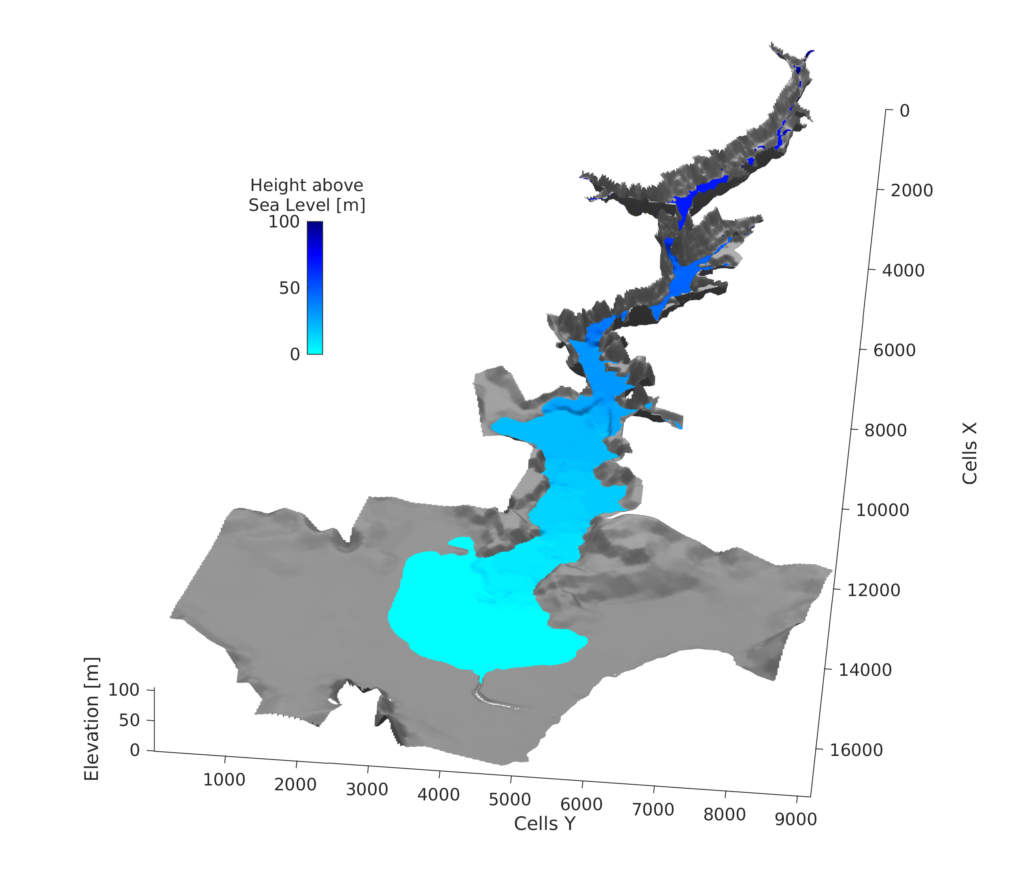What Hazard Does the ALPHEUS Project Face?

The Université de Pau et des Pays de l’Adour is represented by the E2S chair HPC-Waves and is involved in the ALPHEUS effort trough WP5.
The chair HPC-Waves (High Performance Computing of Waves) is part of the college of engineering at UPPA’s Anglet campus in SW France. The chair is lead by Volker Roeber, a coastal engineer and wave model developer. The chair’s work focuses on the theoretical and numerical development of nearshore wave models, with attention to high performance computing. The objective is to improve both accuracy and speed of numerical wave models, catering to a representative and complete description of coastal wave processes. These include generation, propagation, and run-up, as well as the waves’ impact on structures and their potential for MRE extraction. This work is complemented by field and laboratory studies.
The chair’s team will help the consortium to assess the local flood hazards through numerical modeling. The seawater pump hydro-storage facility (PHS) is intended to be integrated into existing flood control structures or potentially to be designed as a multi-purpose structure, which serves as additional protective feature in a flood-prone area. The vicinity of the structure to the ocean is exposing it to similar hazards as conventional coastal structures. It is understood that extreme events such as storm surges pose the most significant threat and can lead to catastrophic failure of the structure. Quantitative assessment of the hydrodynamic forces is therefore necessary through the use of state-of-the-art modeling in conjunction with statistical extreme value analyses. Other hazards, which are not immediately evident are high tides in combination with large swell waves that can occur on a more frequent basis and therefore bare the potential for long-term scouring of the structure’s foundation.
Obviously, there exists also the potential of a failure of the PHS structure itself, i.e. a failure of the retaining dam that subsequently could lead to the discharge of large amounts of water into the neigboring area. This scenario would be similar to a classic dam failure as it has happened in the past (e.g. the Malpasset dambreak). These events can be efficiently computed with a numerical model built around the well-known shallow water equation.The chaire HC-Waves is actively developing a robust and efficient nearshore wave model, which is based on the foundation of the Shallow Water Equations. The model uses a 2nd order upwind scheme with a semi-implicit solution of the governing equations that achieves robust but low-diffusive solutions with a lean and efficient scheme without the use of computationally demanding numerical features such as Riemann solvers. The code has been verified with several analytical solutions and also validated with data obtained from a survey after the Malpasset dambreak. The model results are in close agreement with the measured data and comparable to previously compyted results from hydraulic models, which were particularly designed to handle dambreak flood problems. The chair’s code is highly efficient, since it computed the solution in a highly-parallel fashion on a GPU (graphics card) and herein achieves fast computations on consumer-grade hardware without the need for computer clusters.


.
ABOUT THE AUTHOR

Volker Roeber is in charge of the chair HPC-Waves, a chair of excellence within the E2S (Energy Environment Solutions) framework, at the Université de Pau et des Pays de l’Adour (UPPA). The chair focuses on the theoretical and numerical development of nearshore wave models with attention to high performance computing. Especially operational numerical models require both accuracy and speed for a representative and complete description of coastal wave processes including generation, propagation, and run-up, as well as the waves’ impact on structures and their potential for MRE extraction. This chair’s work is complemented by field and laboratory studies.
In close collaboration with governmental agencies and private companies in the Basque country, the chair helps to find integrated solutions for mitigation of wave-driven coastal hazards and to investigate local MRE applications. As part of his duties at UPPA, Volker Roeber manages an international Master of Science program in “Computations in Coastal Engineering”. He is also Affiliate Graduate Faculty member in the Department of Oceanography at the University of Hawaii at Manoa.

